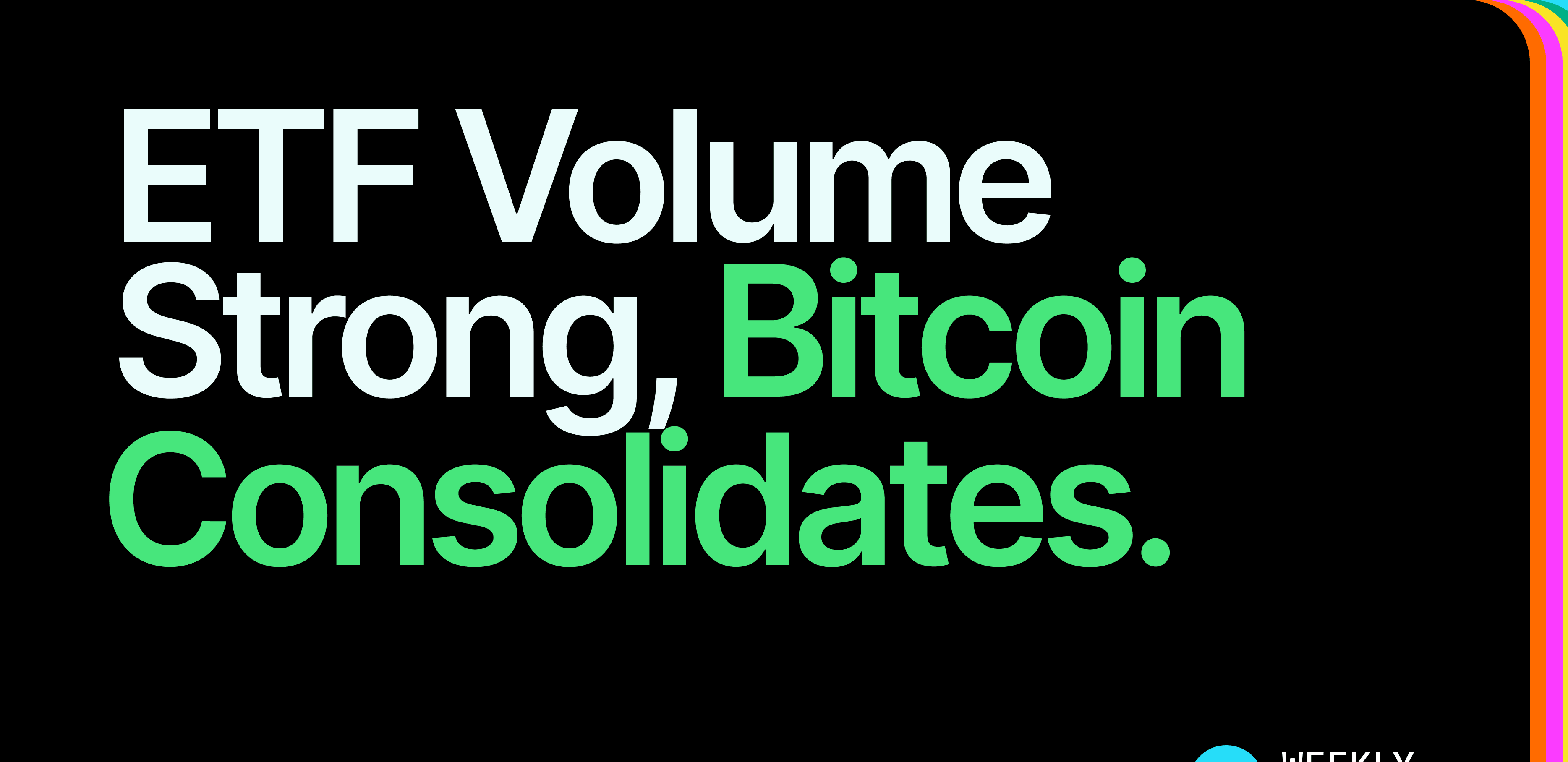
Bitcoin’s Path to $140K: Key Drivers Behind the Bullish Momentum
Bitcoin (BTC) has once again captured the attention of both investors and analysts in the world of Cryptocurrency Markets, a sector that is constantly evolving. After a brief period of consolidation and reversal, the top digital currency has begun to rise again, sparking bullish enthusiasm as it aims for the ambitious $140,000 milestone. This most recent change demonstrates that Bitcoin remains strong and serves as a sign of how broader market trends, macroeconomic variables, and emerging technologies influence the crypto ecosystem. In this in-depth study, we examine the key factors that have contributed to Bitcoin’s rise, its potential implications for traders and investors, and the current factors influencing its price.
Bitcoin’s Resilience Amid Market Correction
Bitcoin’s price movement in the last few weeks was a classic corrective phase after a long run. Pullbacks like this occur frequently in assets with high volatility. They usually help the market by eliminating weak hands and establishing support levels. During the brief pullback, BTC’s price fell from a local high, giving market participants a chance to reevaluate their positions and make adjustments.

However, the fact that Bitcoin’s price rebounded shows that its market fundamentals remain strong. More institutional investors are utilizing Bitcoin, while decentralized finance (DeFi) platforms are gaining popularity, and Bitcoin is being integrated into more conventional financial products. All of these factors have led people to want to acquire more Bitcoin. Market optimism is also boosted by well-known individuals in the crypto industry, such as enthusiasts like Michael Saylor and firms like MicroStrategy, which have continued to buy BTC as part of their treasury strategies.
Bitcoin’s Path to $140,000: A Look at Key Drivers
It may seem like a significant goal to reach $140,000 for Bitcoin, but it is based on several market trends and analytical frameworks. Technical analysts look at past trends, such the stock-to-flow (S2F) model, which shows how Bitcoin’s price goes up when it becomes more scarce. This model says that prices tend to go up over time because the supply of new BTC is going down because of halvings and demand stays the same.
Bitcoin’s growing reputation as “digital gold” continues to attract investors seeking to protect themselves from inflation and currency devaluation. As geopolitical tensions rise, central banks worldwide are maintaining loose monetary policies. This makes Bitcoin more appealing as a non-sovereign store of value. Additionally, Bitcoin payments, custody solutions, and clearer regulations in key regions such as the US and the EU make it even easier for people to buy and sell it.
Rising Confidence in Crypto Markets
Sentiment data indicate that investor confidence has increased since the decline. Several variables are converging to shape the sentiment, including support from major banks and public companies. For example, institutions like JPMorgan and Goldman Sachs have added more cryptocurrency trading desks and research coverage, which indicates that more people are embracing it. Additionally, exchanges like Coinbase and Binance still reporting high trade volumes, which shows that retail demand is still strong.
These funds provide investors with a regulated and easy way to gain exposure to BTC without having to hold it directly. These vehicles make it easier for people to get involved and add to liquidity, which helps keep prices stable and gives them room to grow.
Bitcoin’s Scalability, Regulation, and Adoption
Technological improvements, such as the Lightning Network, enhance Bitcoin’s scalability and speed, making transactions more efficient and easier to use on a daily basis. This layer-two solution makes Bitcoin more than just a means of storing currency, encouraging more people to use it and expanding the ecosystem.

Regulatory frameworks are still a double-edged sword: more scrutiny makes things more complicated in the near term, but it also makes things more legitimate in the long term. Recent guidelines from the Financial Action Task Force (FATF) have made it easier to understand Anti-Money Laundering (AML) and Know Your Customer (KYC) procedures. This lowers the danger of illegal behavior and makes markets safer. Countries like El Salvador, which have made Bitcoin legal tender, are real-world examples of how to integrate it, while discussions about how to tax it and how to comply with the rules continue around the world.
Final thoughts
The essay provides a comprehensive and balanced examination of how Bitcoin’s price has fluctuated recently and the bullish case for its goal of reaching $140,000. Bitcoin Price changes are influenced by both technical factors, such as corrections and stock-to-flow scarcity, as well as macroeconomic factors like inflation, monetary policy, institutional adoption, and emerging technologies like the Lightning Network.
The focus on institutional involvement, such as MicroStrategy and major banks adding cryptocurrency services, demonstrates how Bitcoin is becoming more widely accepted. This tendency is critical since it makes the market more legitimate, liquid, and capital-rich. Additionally, the rise of regulated products, such as Bitcoin ETFs, makes it easier for regular investors to enter the market and offers stability.







